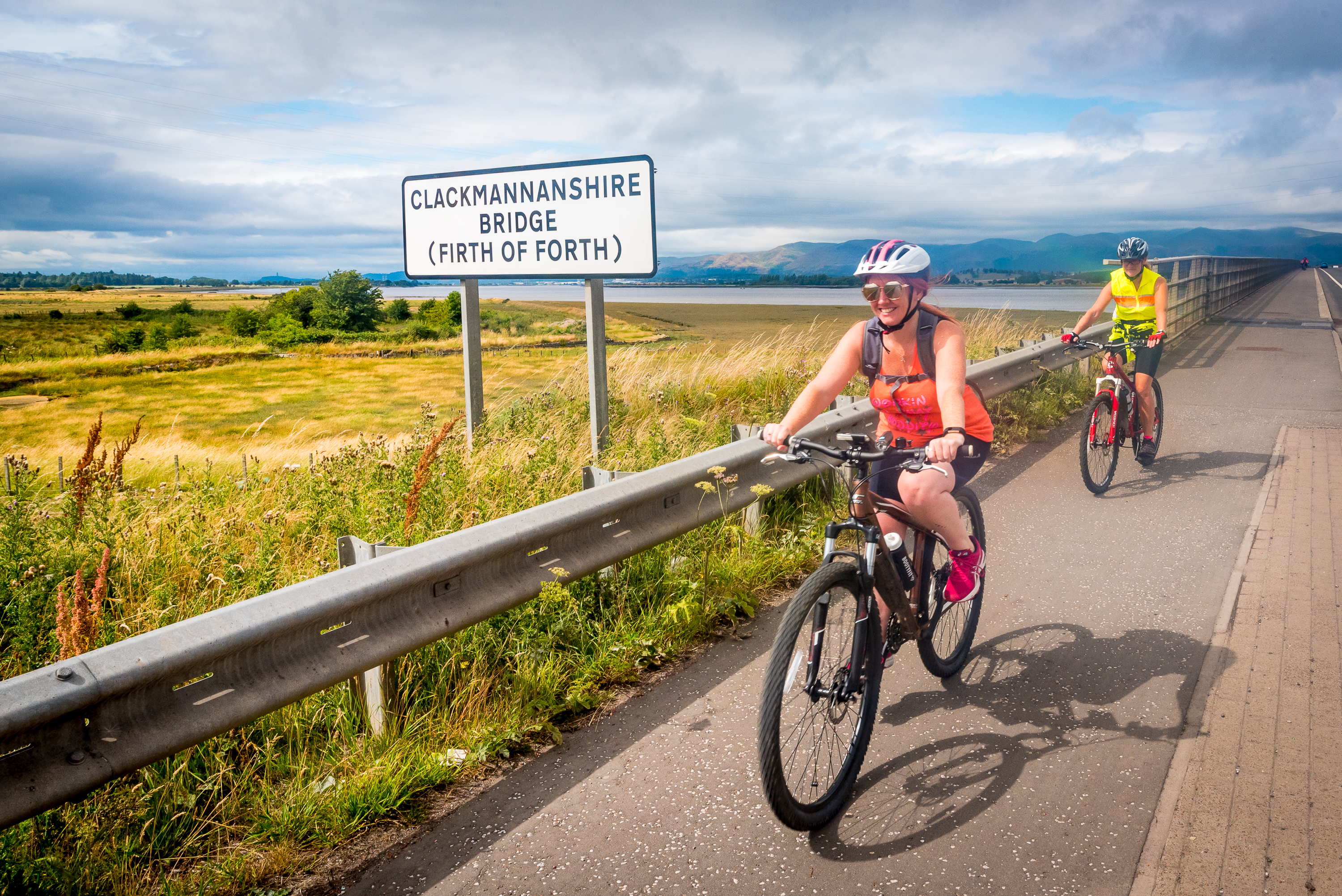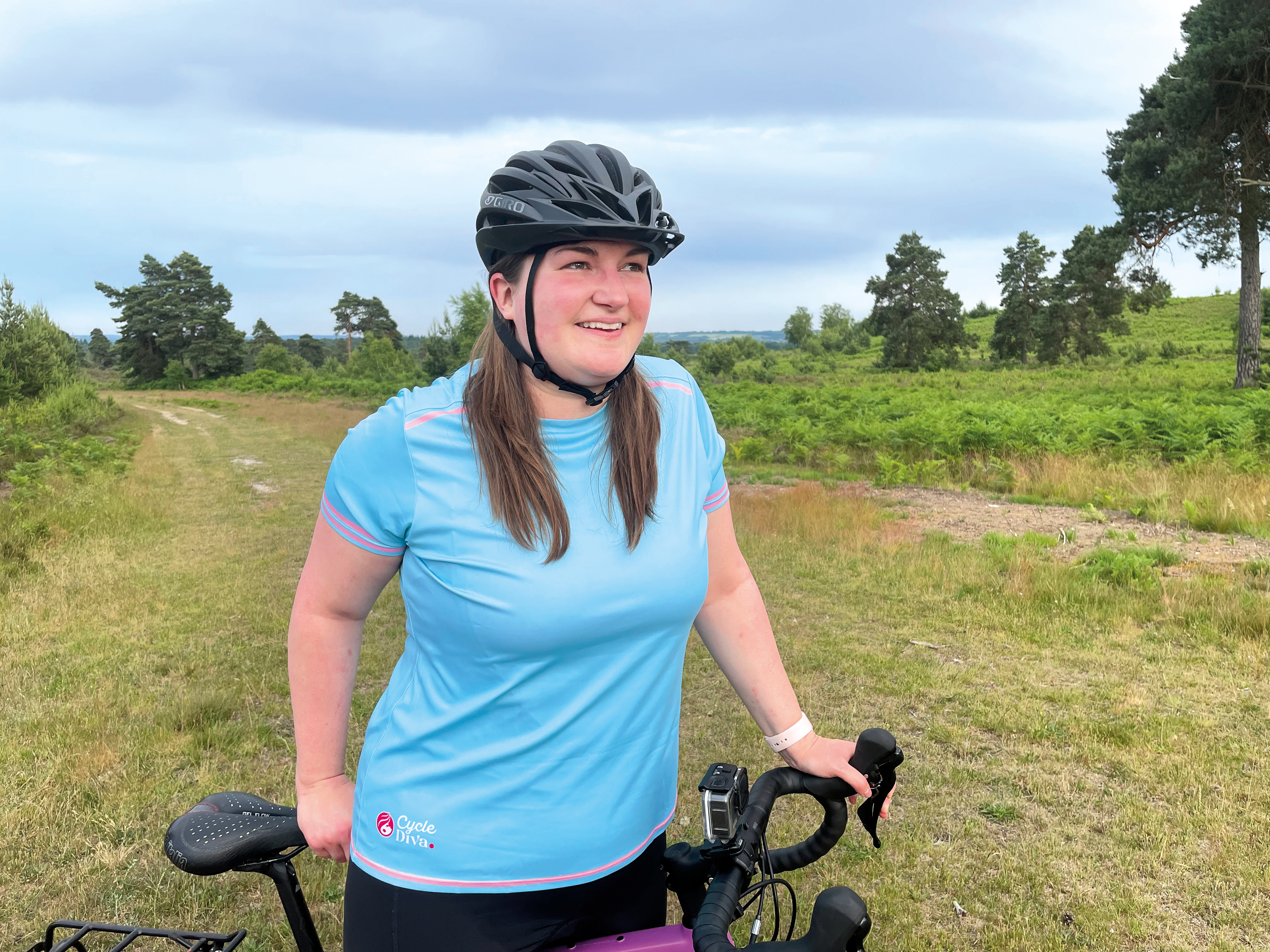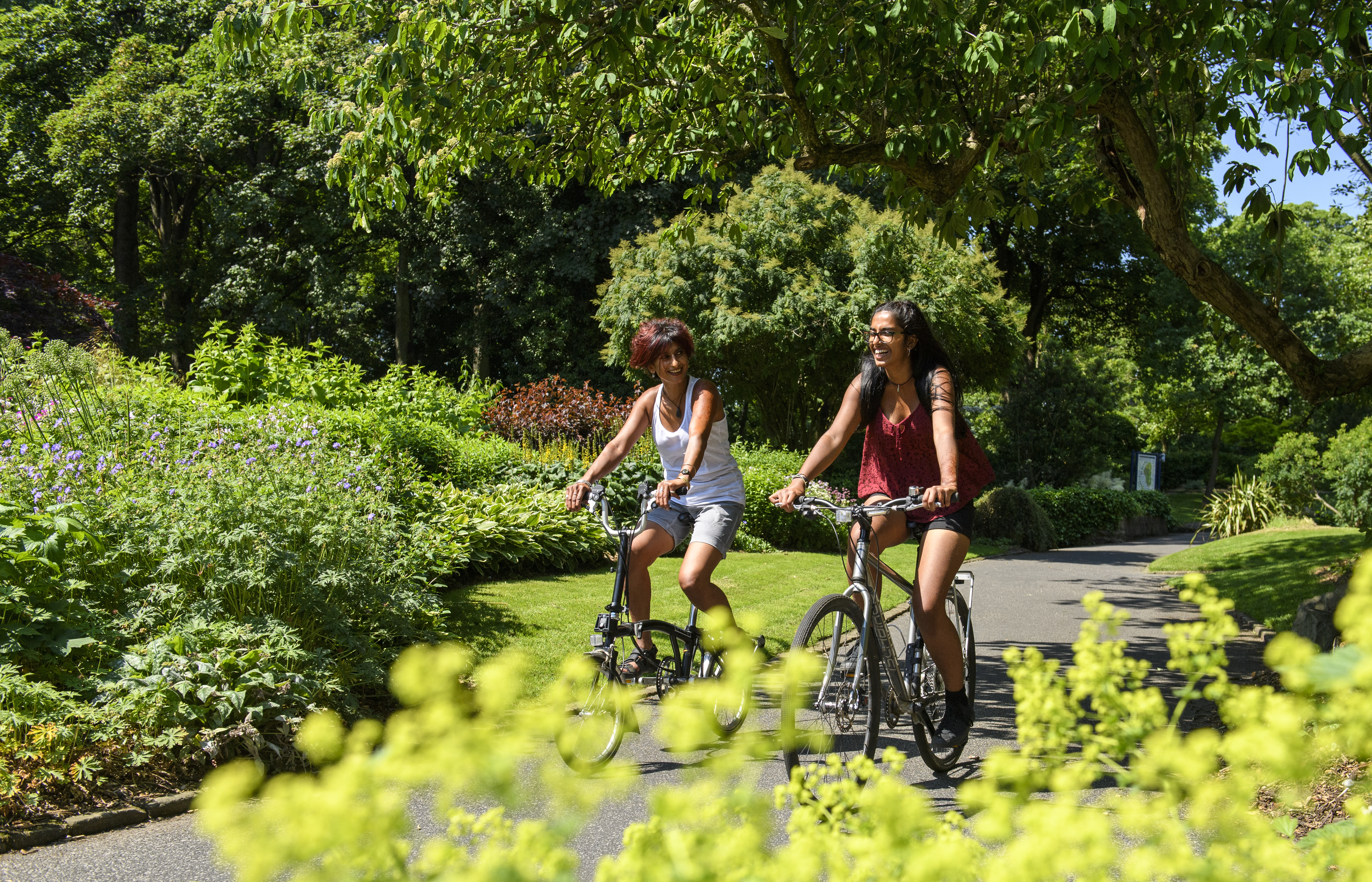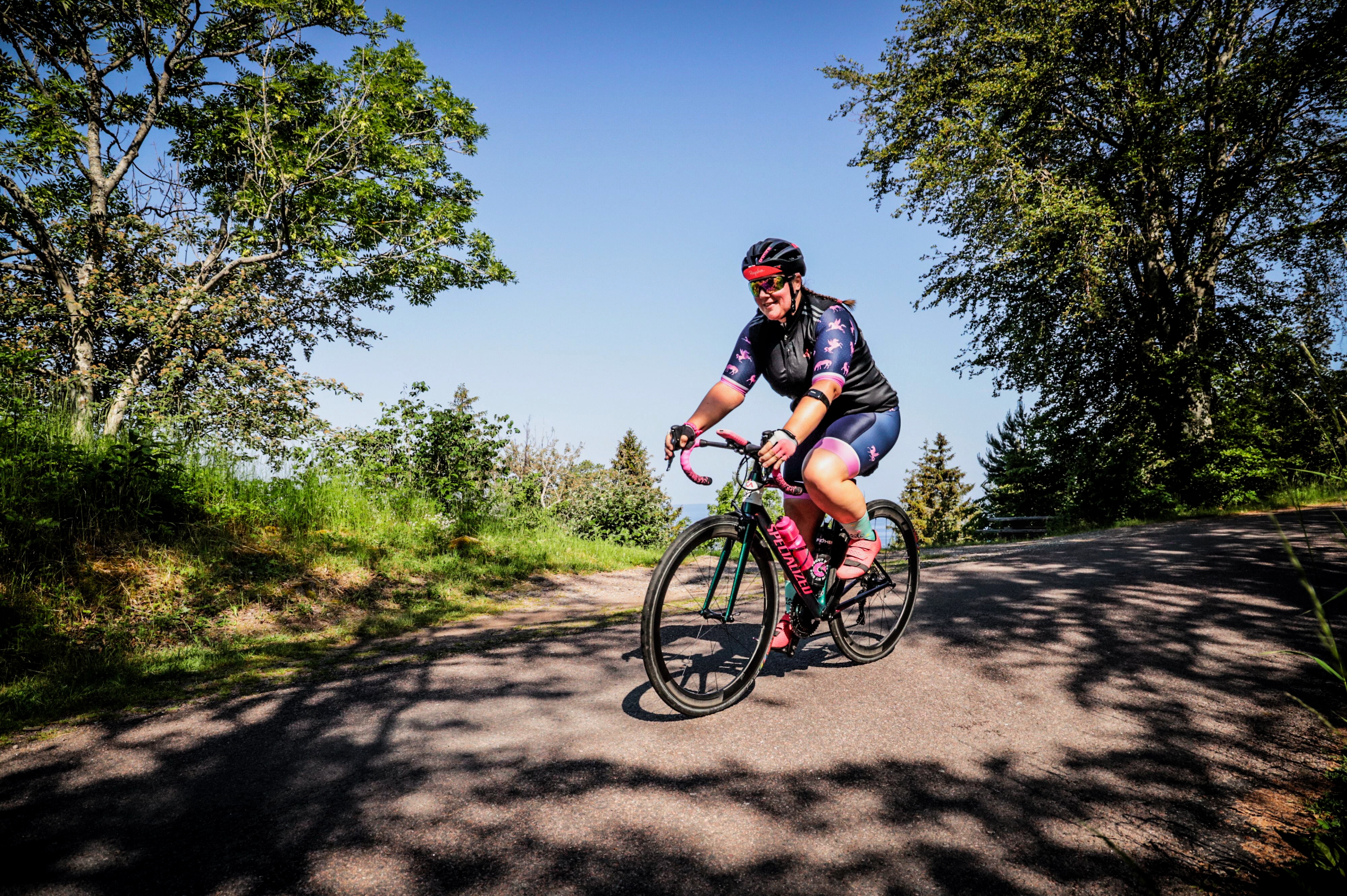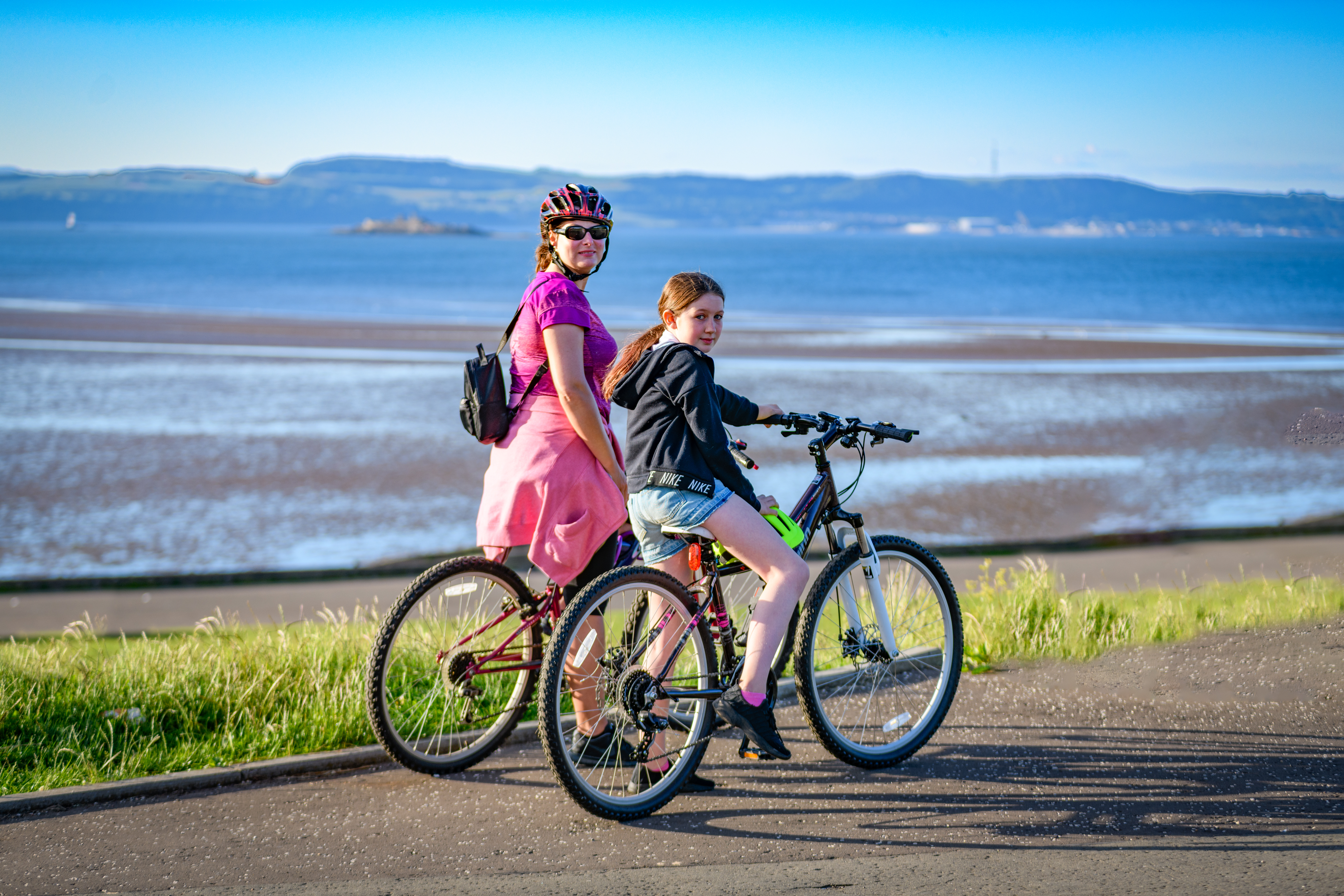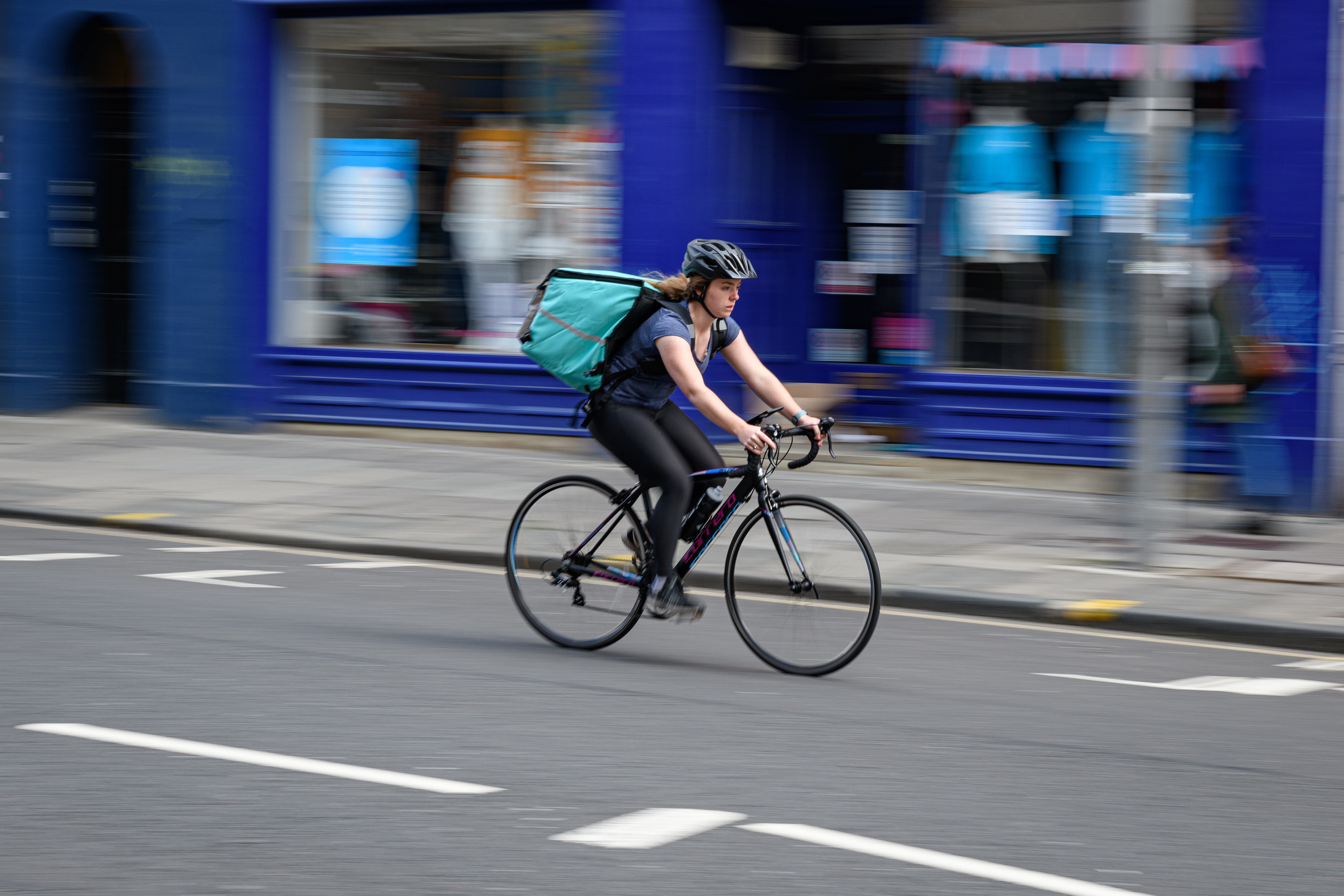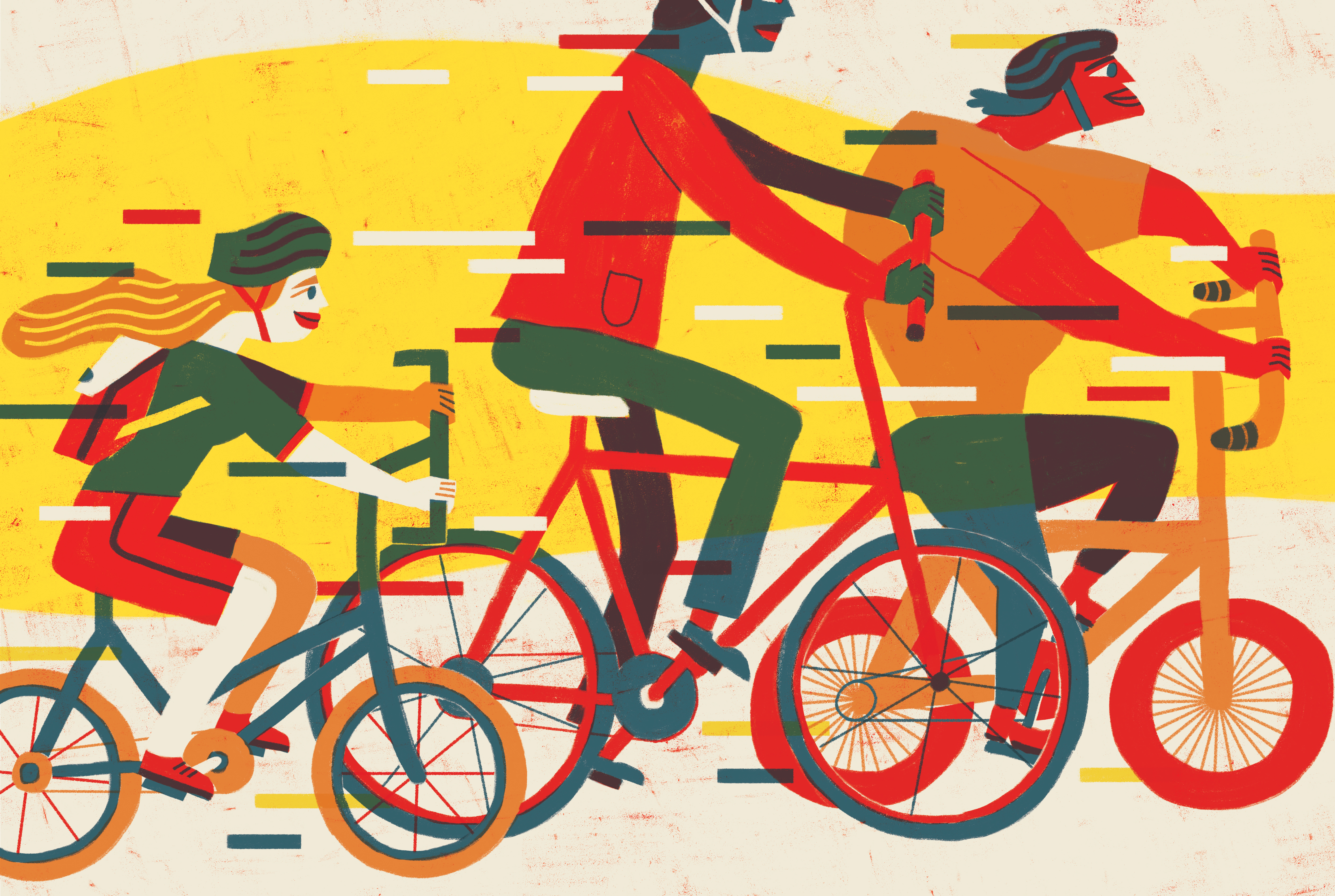How to choose cycle clothing in larger sizes
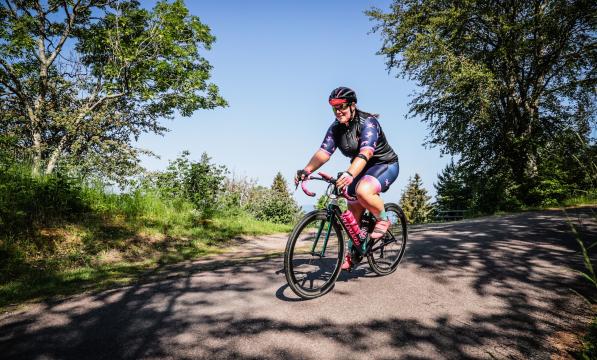
Choosing clothing for when you are cycling is very personal, in my opinion, with each rider having their own specific requirements. When I first got into cycling, as a plus-size female, the thought of being dressed head to toe in Lycra quite honestly terrified me.
The tips below are what I have learnt when it comes to cycle clothing. Hopefully it can help you too.
Measure up
Forget about what size you’d normally buy in the shops and reach for a tape measure instead. Measuring your bust, hips and waist will help you choose the the best fit, especially if you are buying online.
Buying online means it’s harder to take a few sizes into the changing room and see which one is the most comfortable. Most online retailers will give you the measurements of each garment.
Buy from a retailer that has a full range of sizes
As a woman with an ample chest, I need to check sizing to ensure it is fit for purpose – there is nothing worse than squeezing boobs into a jersey and feeling constricted or not being able to breathe!
Buying a cycling top that is designed for someone who is a size 8 means that even if they do a size 18, it’s more likely to be tight fitting and not that flattering across the tummy and chest. Brands like Fat Lass at the Back (don’t be put off by the name if you are self-conscious; they do discreet branding), Corinne Dennis, Primal and Velocio have a cut that gives more room.
Velovixen, Cyclology and Stolen Goat do jerseys in sizes up to XXXL. There is also a selection of plus sizes at Alé, available via Wiggle.
Some other brands I regularly wear and have found suitable for my body shape are Foher, BioRacer, Stomp The Pedal, Specialized and DHB.
Cheap doesn’t always equal money saving
There is a huge difference in price in a lot of the products on the market and I have found that buying cheap can often mean buying twice. I have some kit that I have had for years that is still going strong and absolutely worth the investment.
Demand change and ask questions
If you see something and you would have bought it if it was in your size, let the company know you are disappointed with their sizes or fit of clothing on offer. The more complaints, the higher the chance of change.
And be comfortable in providing feedback as most brands should find this beneficial for future product development, especially coming from their demographic audience.
Don’t be afraid to ask questions if you have any about sizing and equally the returns policy. I have done this in the past and found most to be very helpful. Some may also have sample sizes that they can provide (usually with you being willing to cover postage costs) so you can try the product before you buy it.
Look for length
I always measure the length of jerseys – I have found with some brands that a ‘race fit’ is shorter in the body. With a cut like this, and once you allow for your chest, it is not the most comfortable if you spend more of your time pulling your jersey down as it keeps riding up when you cycle.
Sit on your bike
Don’t just dance around your bedroom in front of a mirror when you try on your cycling kit. Sit on your bike in the position you ride in and check the clothes fit you. If possible go for a very quick ride around the block.
If you’re not able to sit on your bike, I always squat test bib shorts. You won’t be squatting in them on the bike, but it’s a good way to make sure that when you are lent over on the bike, there are no see-through areas and you’re completely comfortable.
Do you need Lycra?
Lycra is an incredibly flexible material, but it’s not normally the most flattering as it clings tighter. Consider tops in merino wool for the breathability, warmth and a looser fit. On the bottom half you can consider a padded skort.
Remember that what works for others may not be right for you, we are all unique with different body shapes. While recommendations are super useful, you may need to find what works for your body type. This also goes for chamois pads, which can differ – some prefer bigger and thicker and others prefer more of what is known as a tri pad which is much smaller and thinner.
Do you need cycle-specific clothing?
Everyone cycles for their own reasons and none are more important than others. With this comes different attitudes and requirements for clothing. If you don’t want to be fully lycra clad, then that is fine regardless of what other people think.
When I cycle off road I am far more comfortable with a more casual look.
Are you comfortable?
Don’t worry about what anyone else thinks – wear what you feel comfortable in! Being comfortable on a bike is really far more important that what you look like, so make sure your clothes fit and don’t hurt or rub.
If something doesn’t fit, send it back. Don’t struggle on thinking it will feel better soon.
Colour your ride
Lastly colour choices – again personal preference, but for me the more colourful the better, and if it matches my bike then even better!

